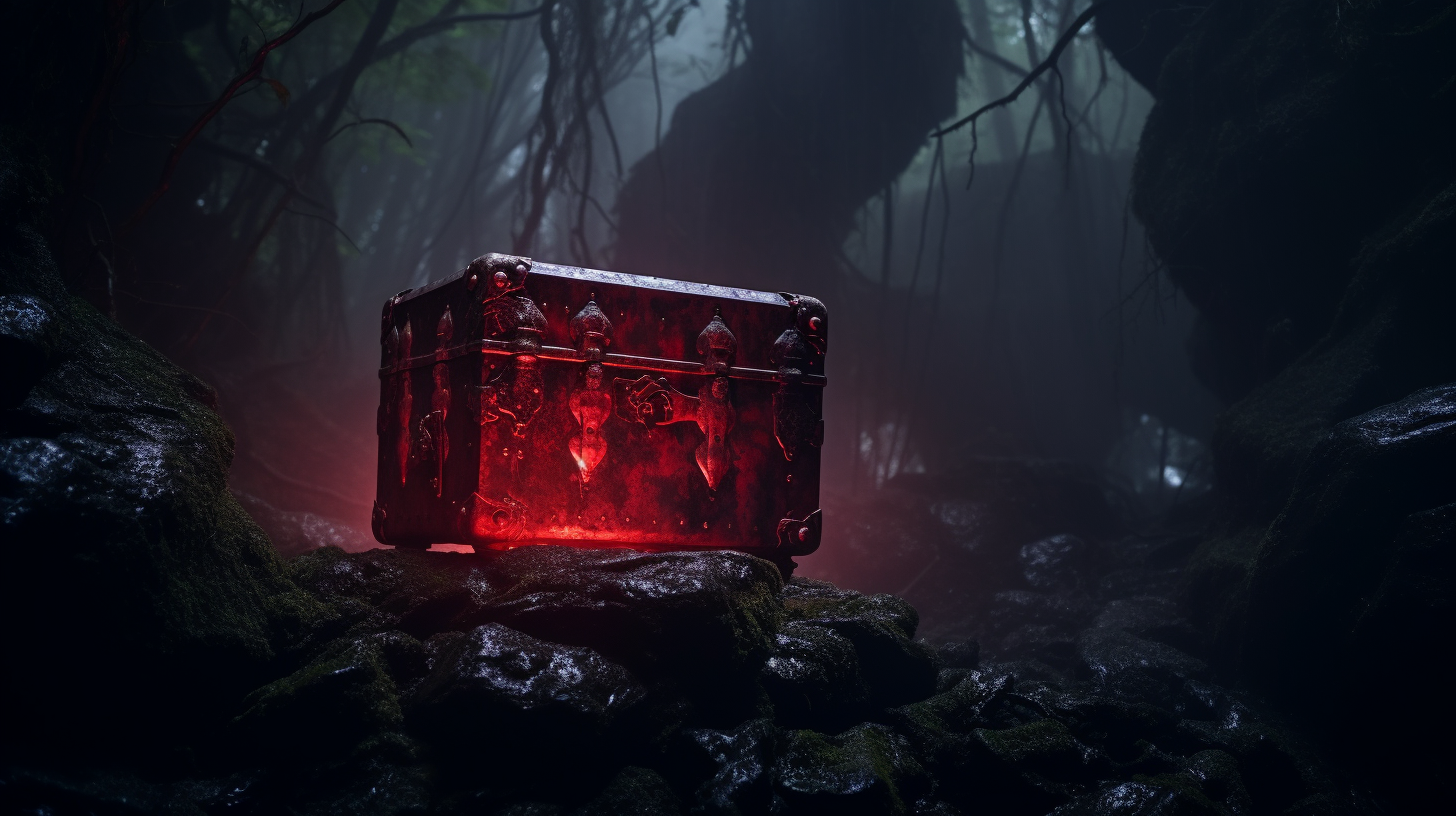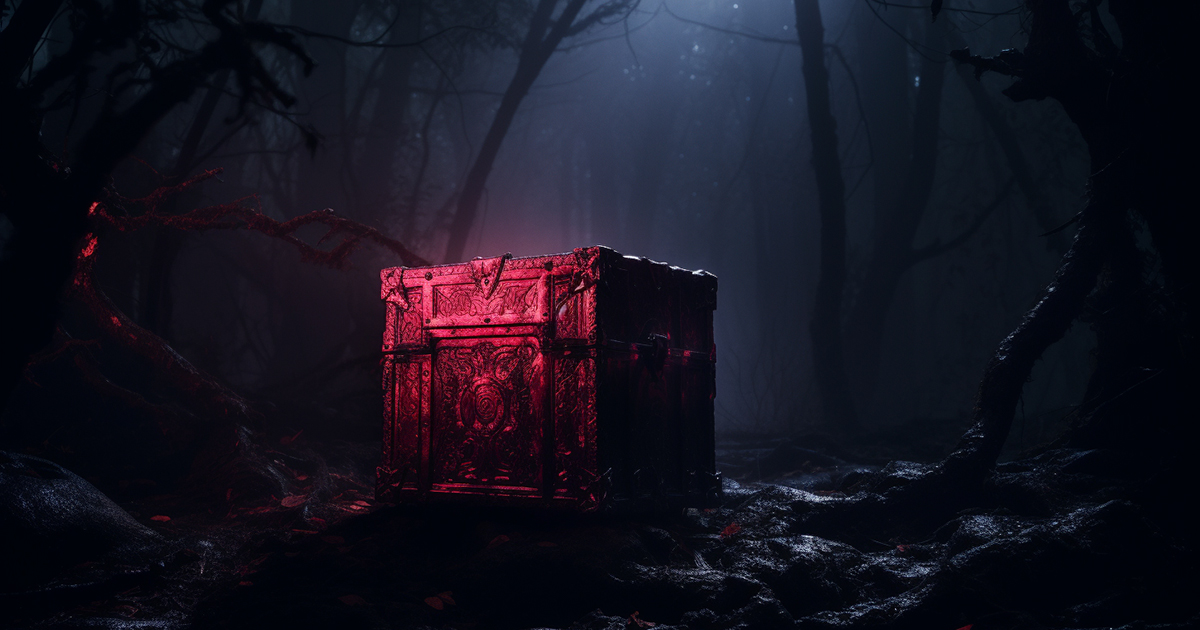Introduction:
In the annals of time, human chronicles have been painted with stories of beings from the heavens, both kind and malevolent, evoking intrigue and reflection. Thinkers, theologians, and philosophers have all ventured into the domain of these supernatural forces, mulling over their being and core.
The dual nature of light and darkness, whether seen as an echo of our minds or as spiritual entities, has traversed through varied cultures and societies. This piece embarks on an expedition to explore the ancient lore of Pandora’s Box, intertwining with the fascinating concept of a cosmic connection to beings beyond our world.
The Fabled Narrative of Pandora’s Box:
In the heart of ancient Greece, a realm bedecked with legends and tales, unfolds the story that centers around Pandora’s Box. Hesiod, a poet from the 6th century BC, credited the inspiration for his works to the nine muses, daughters of Zeus, patrons of art and wisdom. Under their guidance, Hesiod composed his magnum opus, the “Theogeny,” weaving the legendary narrative of Pandora’s box.

According to Greek mythology, when the Titan Prometheus stole fire from the divine realm and gifted it to humanity, Zeus sought vengeance. Hephaestus was tasked with creating Pandora, the first woman, who was bestowed with a pithos, often mistaken for a box though truly a jar.
This jar contained all the miseries of the world, with Pandora strictly cautioned against uncovering its contents. However, yielding to curiosity, she unleashed these malevolent forces into the mortal realm.
Serpents and Seraphims:
The malevolent entities released from Pandora’s jar have been revered as demons, gods, or amalgamated beings, embodying the shadows that shroud the planet. Across history, these forces have transformed—shifting from Mesopotamian gods to divine emissaries and representations of malevolence, to modern depictions as extraterrestrial beings. Despite the changes in their names, the fundamental principle remains steadfast—a perpetual cosmic battle between brightness and darkness.
A Celestial Connection:
Ancient astronaut theorists introduce a captivating twist to the Pandora’s Box saga. Could it be conceivable that this ancient legend tells of the arrival of extraterrestrial creatures on Earth? Beyond Greek mythology, varied Eastern folklore introduces mysterious entities like the jinn, capable of both good and evil deeds. Linked to alternate realms, these entities exert sway over our world and its inhabitants.
The Duality of the Human Essence:
Delving further into this enigmatic speculation, one is compelled to ponder whether humans were not merely shaped by extraterrestrial beings but intentionally created to embody both brilliance and darkness. Could we be the result of a celestial experiment, with our contradictory nature acting as the battleground for cosmic forces? This dualism within us, where the spiritual and material worlds perpetually collide, shapes our existence and the path of human society.
Visual Presentation:
Conclusion:
The tale of Pandora’s Box, once considered a mere myth, takes on new shades when seen through the lens of ancient astronaut theory. While the idea of extraterrestrial intervention in human matters remains speculative, it underscores our enduring fascination with the cosmic forces that shape our world. Whether perceived through a spiritual or psychological viewpoint, the interplay of light and darkness continues to enthrall and puzzle us, prompting contemplation on our place in the cosmos and the enigmatic mysteries that lie beyond.
